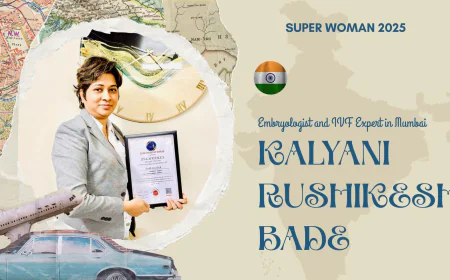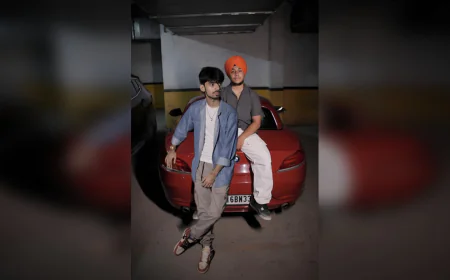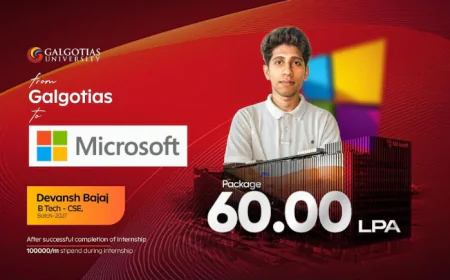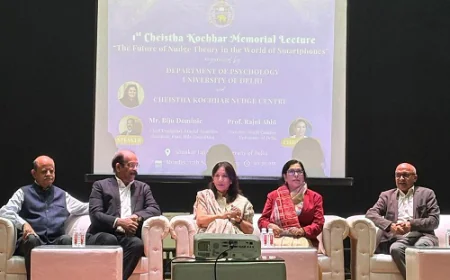Comparing EdTech Livestreams, Generic Searchbots, and AI Tutors in Indian Education: Edza AI in Context
The dominant model in India’s EdTech boom has been livestream teaching. A single tutor can face anywhere from a few thousand to over 100,000 students in one session.
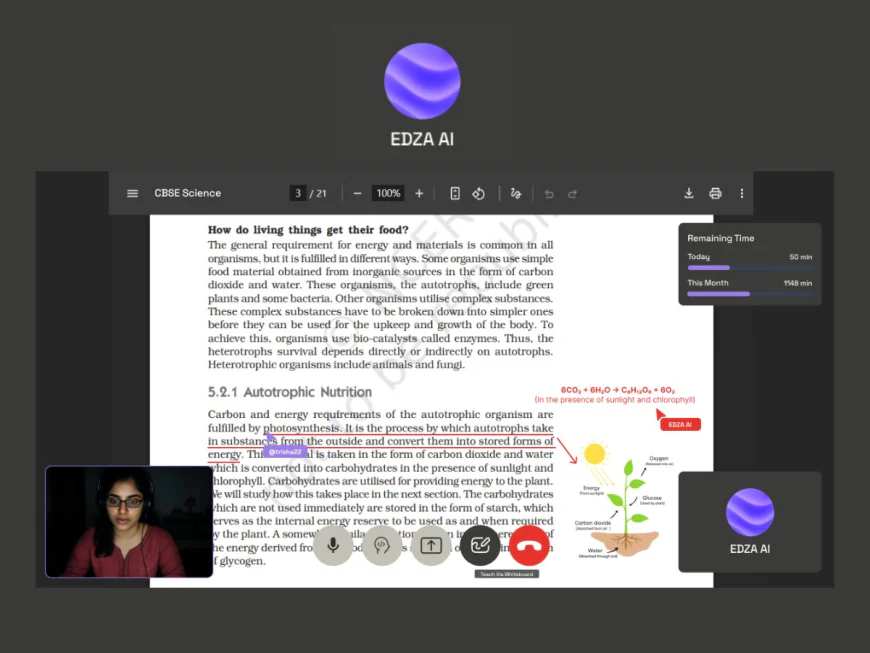
Livestreams: Access Without Attention
The dominant model in India’s EdTech boom has been livestream teaching. A single tutor can face anywhere from a few thousand to over 100,000 students in one session. This extreme pupil–teacher ratio (PTR) makes personal attention impossible. Questions often remain unanswered, microphones are muted, and the session moves forward regardless of individual comprehension.
Livestreams succeed in affordability and reach, they amplify the very problem classrooms already struggle with—overcrowding. Students are reduced to passive listeners, and the promise of “digital personalisation” disappears once PTR stretches into the tens of thousands.
Searchbots: Convenience Without Continuity
Generic Searchbots have been used for homework or project-related search. While useful for surface-level queries, these tools don’t align with exam marking schemes, nor do they track a learner’s progress across time. As a result, generic searchbots are fast but fragmented—better suited for quick fixes than outcome-oriented exam preparation.
AI Personal Tutors: One-on-One at Scale
A new category of AI tutors has emerged to counter both extremes by restoring the PTR to its most effective form: 1:1. These systems build a personal pathway for each learner, track session history to spot recurring errors, and design adaptive tests that evolve with performance.
One applied example is Edza AI, which uses memory-driven tutoring to adjust session domain-specific content in real time. A student struggling with physics unit conversions can begin the next session with a focused drill set, while another who shows mastery in algebra can immediately be moved to advanced problem-solving. In effect, the AI Tutor system reproduces private-tutor precision, but without the cost, time, or availability limits that constrain human tutoring.
Interaction and Assessment Redefined
Unlike livestreams, where interaction is virtually absent, or searchbots, where answers remain static, AI personal tutors incorporate co-solving on shared digital whiteboards. The system works step by step with the learner, adjusting explanations in real time—slowing down when hesitation appears, or moving faster once fluency is shown.
Assessment is also restructured. Instead of large, syllabus-wide tests that occur at fixed intervals, these platforms embed adaptive, spaced assessments into daily learning. Errors resurface across sessions until corrected, ensuring that weak spots are closed before progression. A history learner struggling with sequencing, or a physics learner missing unit conversions, will see these issues revisited repeatedly until mastery is secured.
AI Tutors such as Edza AI, mentioned above, are applying this approach in practice, showing how one-on-one style personal attention and outcome-oriented education can be delivered at scale without replicating the extreme PTR of livestreams.
Comparing the Models
• Livestreams: Widely popular, low-cost, but PTR stretches into tens of thousands, erasing personalisation.
• Searchbots: Ubiquitous for quick lookups, but provide fragmented, exam-irrelevant answers with lack of outcome-oriented prep.
• AI Personal Tutors: Replicate the 1:1 model of private tutoring—adaptive, interactive, and exam-focused—scaling personal attention with syllabus mastery.
The Larger Question
India’s digital education debate is shifting from access to attention. Students can now reach content at scale, but can that content respond to each learner individually? AI personal tutors by embedding adaptivity and one-on-one interaction into scalable systems, represent the closest attempt yet to closing the personalisation gap.
If sustained, this shift could finally rebalance India’s lopsided PTR problem—not with more crowded sessions or scattered answers, but with learning that matches every student, one at a time.
Want to get your story featured as above? click here!
Want to get your story featured as above? click here!
Want to get your story featured as above? click here!
Want to get your story featured as above? click here!

















